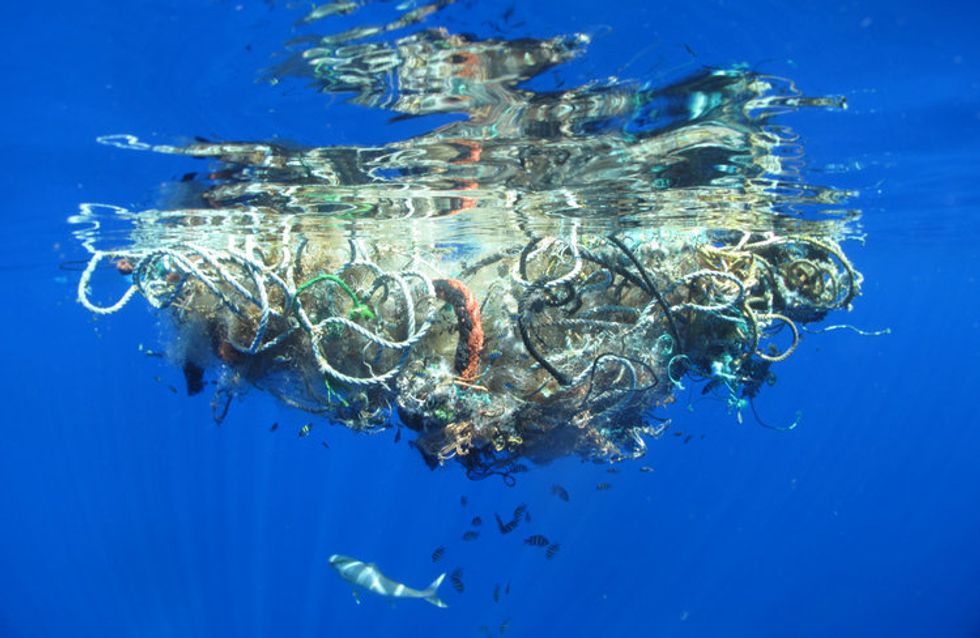Starbucks surprised all of us a couple weeks ago with the news that starting in 2020, they will no longer be selling their drinks with plastic straws. While the headlines shout that Starbucks is doing away with straws altogether, instead selling their cold drinks in cups with lids similar to that of a sippy cup, the company will still sell straws made from either paper or compostable plastic for drinks or customers that require a straw.
The move has been applauded by most for its environmental consciousness, eliminating more than one billion straws a year. The praise is well deserved: in the United States alone, an estimated more than 500 million disposable plastic straws are used every day and not recycled. The result is these millions of straws ending up in landfills and, more concerning, our oceans.
Because it takes about 200 years for polypropylene plastic straws to break down under normal environmental conditions, during that time, the plastic becomes brittle and breaks into smaller and smaller pieces, called microplastics. A lot of sea organisms, most notably sea turtles, then consume the plastic and die. A lot of animals are also injured by plastic straws, as seen in the viral video from 2015 that showed a sea turtle getting a stuck plastic straw removed from its nose.
It's clear that plastic straws are a problem we need to address. Initiatives like that of Starbucks or cities like Seattle to ban plastic straws altogether are important steps. But are plastic straws really the problem? Are these efforts making as much of an impact as we're telling ourselves? Or are we only interested in being environmentally conscious when it's trendy?
Let's look at the plastic problem in detail. While we may picture the majority of the waste polluting the ocean as plastic straws or takeout containers, this actually isn't the truth. A recent survey by scientists from Ocean Cleanup used surface samples and aerial surveys to determine that at least 46 percent of the plastic in the ocean by weight comes from a single product that most of us probably don't have anything to do with: fishing nets. And a high percentage of the remaining waste is made up by other fishing gear.
But even if we do focus on the straws, we see that there are an estimated 8.3 billion plastic straws scattered across global coastlines. If all 8.3 billion suddenly washed into the sea, they'd only account for about .03 percent of the 8 million metric tons of plastics estimated to enter the oceans in a given year.
All this frenzy over .03 percent. But when was the last time you heard about an initiative to get rid of fishing nets?
There are actually some. In the last few decades, there's been widespread agreement that there needs to be a system in place to mark commercial fishing gear. This system ensures that the person or company responsible for the nets or gear can be held accountable when it's abandoned. This initiative combined with the availability of onshore recycling facilities and penalties for abandoning gear could actually make a real impact on our oceans and the increasingly high rates of pollution within them.
This solution—and this problem—is a lot less buzzworthy than plastic straws. But even the most devout environmentalists often overlook it for more trendy topics like straws or eating meat. Those things are undeniably important, too—but maybe it's worth noting that we all fall into the trap of convincing ourselves that we're doing so much good when in reality, our collapsible straws are only making a difference for .03 percent of the problem.






















